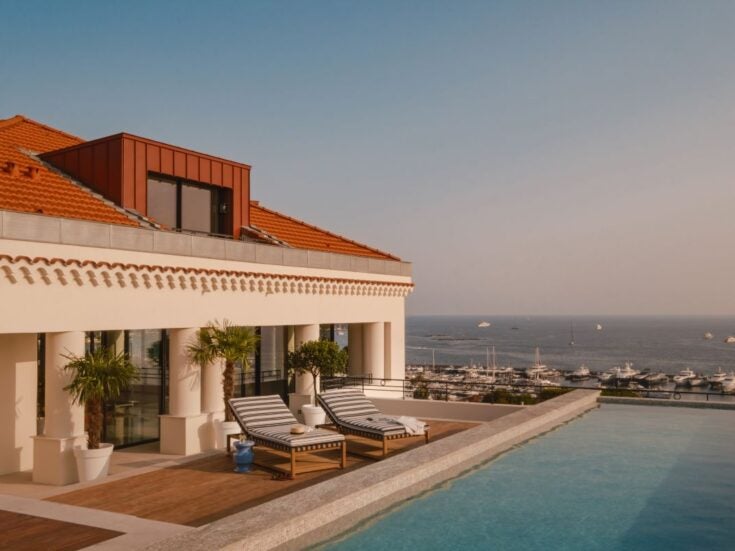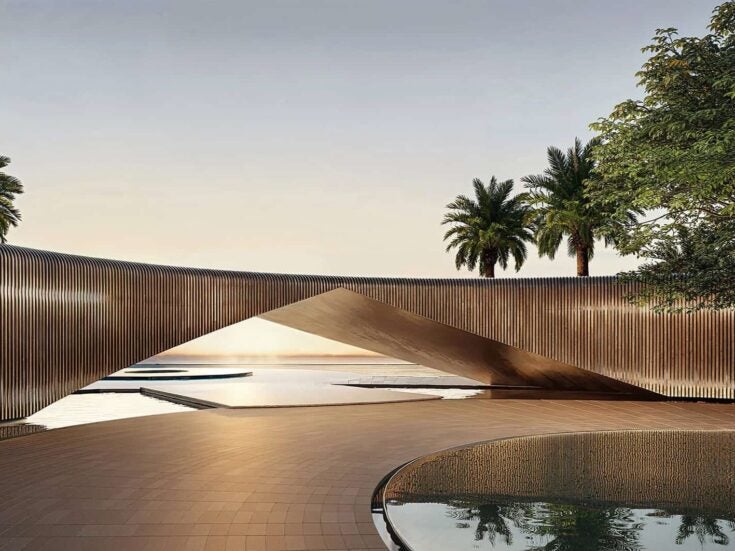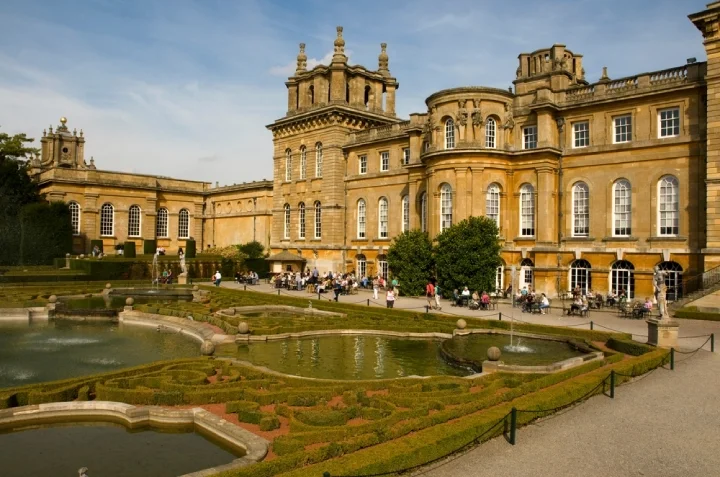
Architecture is one of the oldest disciplines in human history. From Ancient Greece to modern times, houses were always built to feel like a home.
The oldest buildings were made of stone, dating around 3500 BC, followed by palaces and villas like the Palace of Minos and Villa Almerico Capra. Some of these structures have histories enriched by their residents, like Anne Frank’s home in the Netherlands.
This Spear’s article outlines the 10 oldest houses in the world, located all around the globe from the Netherlands to the US.
Around 3500 BC – Knap of Howar, UK

Located in Scotland, the Knap of Howar is thought to have been built in 3500 BC. Considered to be one of the oldest houses in the world, Knap of Howar is a stone house located on the remote island of Papa Westray. The farmstead has joint thick-walled buildings, which have low doorways that face the sea.
Archaeologists are of the opinion that the material that surrounds the joint buildings has protected them from severe damage. The interior of these joint buildings is divided into three rooms. The inner rooms work as storage places with cupboards, lintels, pits and slabs, which are all made of stone.
Around 1700 BC – Palace of Minos, Greece
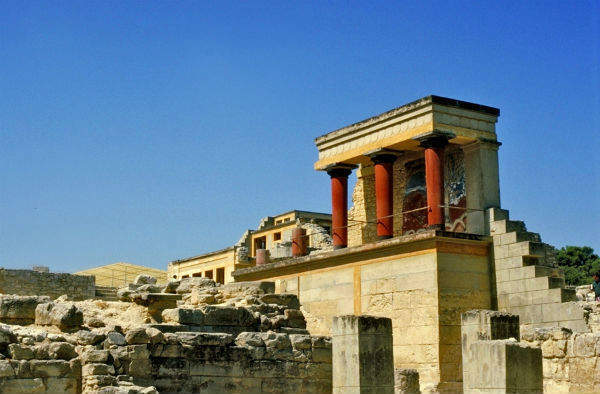
Believed to have been built in around 1700 BC, the Palace of Minos is sprawled across five-and-a-half acres in Crete. Sources claim that the palace, which was divided into East and West wings, was used for about 700 years.
The elite section of the palace is believed to have been used to watch events taking place in the west wing through a window. It could be argued, however, that the east wing was used to contain the palace’s workshops.
The palace appears to have housed several shrines, giving rise to suspicions over whether it was occupied by kings or priests, or both.
Inscriptions found on the palace were identified as Linear B, an ancient form of Greek, according to archaeologists.
Around the sixteenth century – Thoor Ballylee, Ireland

Thought to have been built in the sixteenth century, Thoor Ballylee is a fortified tower house in Ireland believed to have been constructed by the de Burgo family.
This magnificent edifice apparently fascinated the famous poet W. B. Yeats so much that he purchased it for £35 around 1917. From then on it became known as the Yeats’ Tower.
Thoor Ballylee comprises four floors with a single room on each floor connected by a spiral staircase. The window of each room opens to a water stream that flows alongside the tower.
Thoor Ballylee was subjected to heavy damage due to recent floods in 2009.
Around 1580 – Villa Almerico Capra, Italy

Many historians believe that Villa Almerica Capra, a luxurious villa in Italy, belonged to the Renaissance age and was designed by Andrea Palladio.
Recognised and conserved as part of a world heritage site, Almerico Capra is on a hillock outside the city of Vicenza.
The villa is a symmetrical building with four porticos. Each portico has statues of ancient deities and a single window. The main rooms of the villa are located on the second floor.
Legend has it that the designer Palladio did not see the completion of the villa as he died in 1580. After his death, another architect is believed to have taken over the construction with some changes made to the earlier plan.
The Italian villa has a grand hall covered by a domed ceiling and surrounded by a balcony. Today this building attracts tourists, historians and even film-makers.
Around 1635 – Anne Frank House, Netherlands

A young girl’s diary written during her hideout from the Germans on account of the Holocaust brought name and fame to this building in Amsterdam, which is believed to be one of the oldest homes in the world.
Historians are of the opinion that this building was constructed around 1635 by Dirk van Delft. It consists of three sections. While the first one was thought to have been used for dispatch entrance, the second section contained spice mills and the third contained warehouses.
In addition, the building comprises a back house, a rare extension of the building that was concealed from view due to the surrounding houses.
Anne Frank lived in a secret annexe in the home with her elder sister and parents before they were apprehended by Germans and sent to concentration camps.
Around 1705 – Blenheim Palace, UK

Believed to have been built around 1705, Blenheim Palace is located in Oxfordshire, England. Recognised as a UNESCO World Heritage Site, it is thought to be one of the 10 oldest houses in the world.
Historians argue that the palace was home to the Duke of Marlborough. The area of the building covers around seven acres.
The palace contains a central rectangular block in addition to east and west blocks. There are royal suites for dukes and duchesses on the east side of the building as well as a picture gallery on the west side. In addition, there is a portico on the north side.
Around 1726 – Mount Vernon, USA
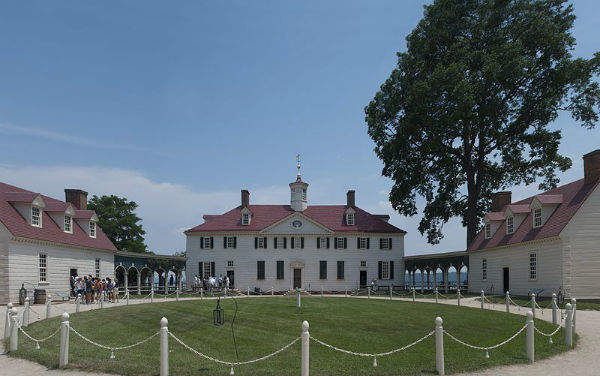
Mount Vernon certainly deserves a mention as it was the home of George Washington, the first president of the USA.
According to sources, it was built around 1727 in Alexandria. Located 16 miles from Washington DC, Mount Vernon is a 500-acre estate that includes a fourteen-roomed mansion.
Although the estate’s architect is unknown, the house is believed to have been built on the lines of Palladian architecture.
The main estate has three blocks. While the principal block of the building is a two-storey structure, the remaining ones are one-storey.
Around 1768 – Monticello, USA
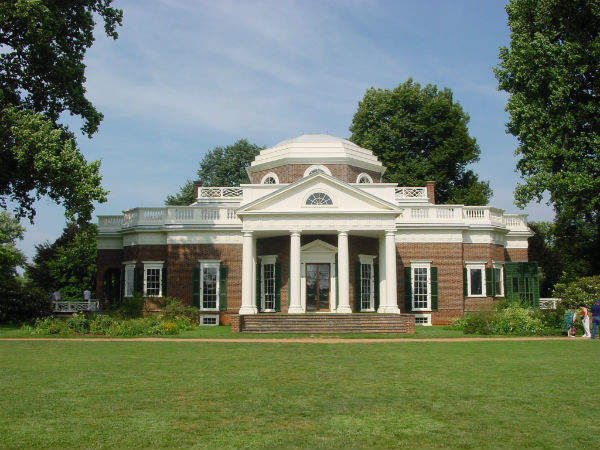
Located in Virginia, Monticello is believed to have been the first American home with a dome ceiling. The house was built around 1726 by Thomas Jefferson, the third president of the USA.
According to Monticello.org, Jefferson built and rebuilt Monticello over a period of forty years. This building has east and west porticos. While the east portico opens to a parlour, the west opens to a grand entrance hall. Towards the north and south, there are terraces.
Sources say that Jefferson built the staircase rather narrow and hard to climb, but it was far more elegant than regular staircases at the time.
Around 1886 – Finca Vigia, Cuba
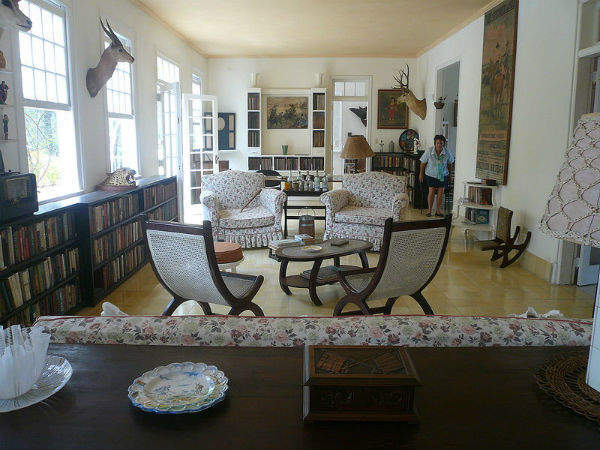
Finca Vigia, meaning lookout house, is considered to be one of the top 10 oldest houses in the world. Situated in Cuba, the property was once home to famous author and journalist Ernest Hemingway.
The house was built around 1886 by Spanish architect Miguel on a hillock that is about eleven kilometres away from Havana.
Reports state that Hemingway purchased the building in 1940 at an approximate price of $12,500. After his death, the Cuban government took ownership of the house.
The building is currently a museum wherein visitors can visit and look at the home’s interiors through windows. However, they are not allowed to enter the actual rooms.
Around 1874 – Mark Twain House & Museum, USA
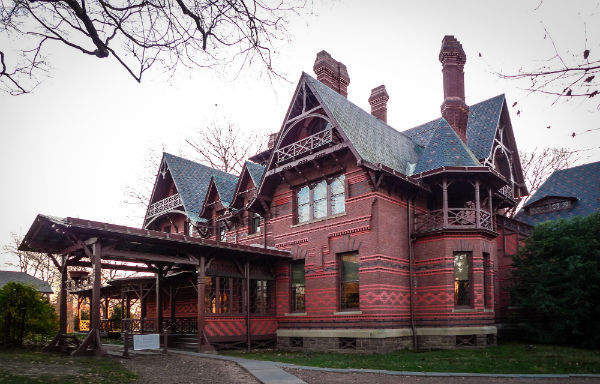
Arguably the oldest house in Connecticut, USA, the Mark Twain House was built in 1874. Named after its owner Samuel L Clemens, whose pen name was Mark Twain, the house was designed to look like a riverboat.
Reports indicate that the house was designed by New York‘s noted architect Edward Tuckerman. Its building style is that of Victorian gothic revival architecture.
When the construction of the house was underway, Hartford Daily Times reported: “The novelty displayed in the architecture of the building, the oddity of its internal arrangement and the fame of its owner will all conspire to make it a house of note for a long time to come.”
The Mark Twain House received the David E Finley Award from the National Trust for Historic Preservation in 1977. In addition, it was named by The National Geographic Society (NGS) as one of the top ten historic homes in the world.
[See also: The most expensive houses in the world]
More from Spear’s:
Fine art tops Luxury Investment Index 2023
What makes them tick? Watches worn by the world’s richest men
The best architects for high-net-worth individuals in 2023

